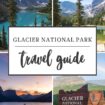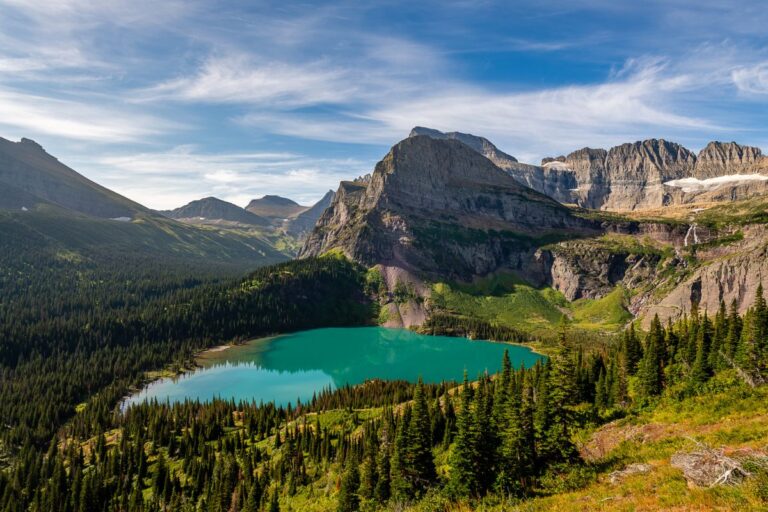
We are reader-supported and may earn a commission on purchases made through links in this article.
Having had the good fortune of living very near one of the country’s most scenic national parks for the past five years, I have been able to get familiar with the many ins and outs of the park.
Here are tips for mastering the art of visiting Glacier National Park.
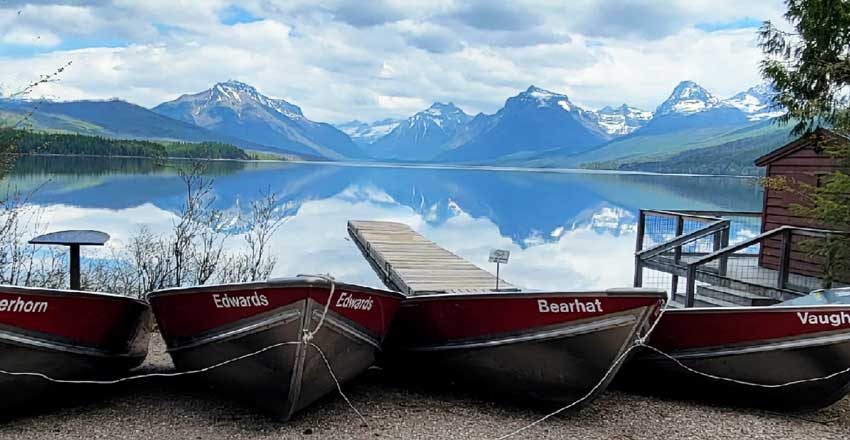
The Good and the Bad of Visiting the Crown of the Continent
Like most national parks, visitation is up, and conversely, access is down. Reservation systems now make an impromptu visit a thing of the past, and long-planned vacationers have to scrap and pray for the right reservations to make their plans come to fruition.
Glacier isn’t one of the most visited parks by a long stretch. However, considering that full access to the park really only occurs for three to four months, packing the 3 million visitors into the tight corridors that traverse areas of the park suddenly becomes a bigger challenge. Winter hangs on for a long time in this place. Most of the year, it is by and large, inaccessible.
Best Tips & Tools to Plan Your Trip
So when folks show up in May with smartphones in hand looking to grab that iconic shot of Grinnell Lake, well, we locals have a good chuckle. That trail sits under many feet of snow well into July, and any attempts to visit it before that are ill-advised even by seasoned travelers.
Before beginning to plan a trek to this remote place which isn’t easily accessed, here are some helpful tidbits to know, and some harsh realities to take into account.
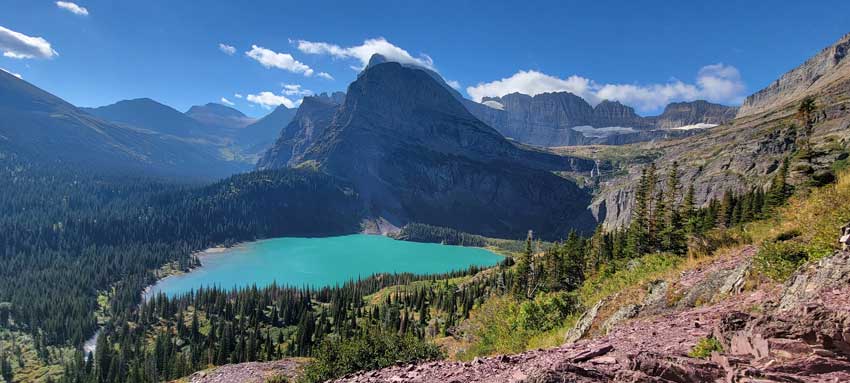
Get Familiar with the Park’s Website Before You Come
This really can’t be stressed enough. Even those who live close by keep an eye on things via the NPS website. The park covers over a million acres; again, much of that is off-limits for most of the year. There are webcams, road and trail status reports, and important updates about fires or closures. Just showing up without understanding where you’re planning to visit can set you up for a whole lot of disappointment.
There are two sides of the park, East and West. One of the big challenges visitors are often unprepared for is that the west side of the park has more restaurants and lodging options, while the east side is closer to many of the top hikes people want to attempt.
To drive from west to east can mean three hours on the road, putting a serious damper on plans to get a good hike in on the opposite side of the park.
The Going-to-the-Sun road is the top attraction for most, whether they are looking to hike or not. It is now reservation only from both the west and the east side, so going out for huckleberry pancakes and then heading in to drive the road is not doable without a reservation. And those tend to book up within minutes of being released.
There are more than just two entrances, however, more on the east side than the west, but those now too are only accessible via reservation starting in July. Studying the maps on the GNP website, and where in those maps those ‘must do’ hikes are located, can help tremendously with planning.
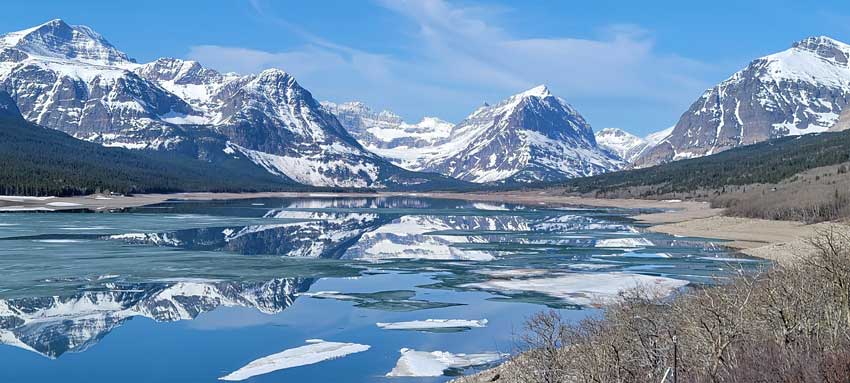
When is the Best Time to Visit Glacier National Park?
Any time of year there are amazing things to be experienced here, so it’s always worth a visit. However, to get the most bang for your buck, summer is the time.
July tends to be the most visited, with the best weather. That also means it’s when it is absolutely packed with people, and reservations become much more difficult.
So How to Avoid The Crowds?
It requires taking a risk but can be well worth it if Glacier decides to play nice. August is usually amazing for hiking, though still quite busy and often hot. September is iffy, it has at times snowed enough to temporarily close roads inside the park, and more and more people are visiting then.
October is a big craps shoot, can be amazing with fall colors and moderate temperatures, can snow early on and shut it down. There again, anytime after July, wildfire smoke can severely shroud the beautiful views everyone is looking for.
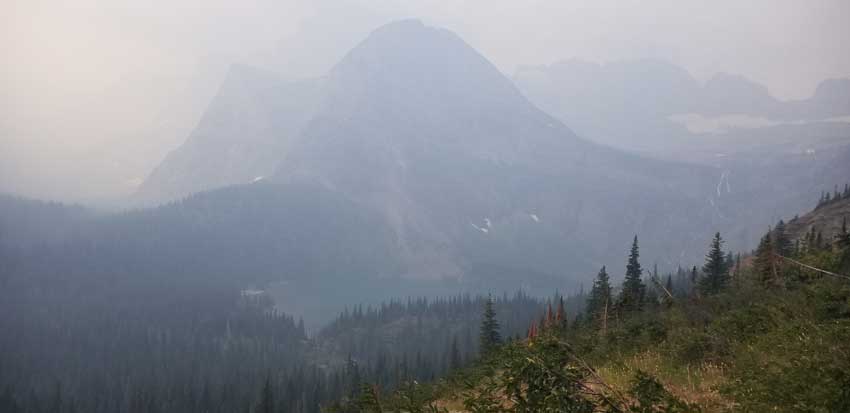
Wildfire Smoke Risk
That can happen in July as well, but the later the hot summer season, the greater the chance. Generally every year there will be days that the smoke invades. It could just be for a day or two, depending on the wind direction.
There have also been times when half of the park was shut down due to a fire inside the park itself, which is a real bummer when it happens but not anything that can be planned for.
Nature does what it does, and every year, it burns somewhere. Really just a lucky break if you DON’T have some smoke to deal with.
Of note, there don’t have to be fires anywhere near Montana for the skies to be smoke-filled. Fires in California, Oregon, Idaho, and Washington can send heavy smoke into the area.
The Importance of Staying Flexible
The moral of the story with regard to wildfire smoke: be flexible. There may be that photo you’re dying to get, but staying lower and hiking to lakes and waterfalls usually makes for a better day. It can be really frustrating to work really hard to get up a steep trail and have none of the views to show for it.
What about May and June? Again, can be incredible times with way fewer crowds. But you won’t get those big hikes, and most years the Going-to-the-Sun road won’t be open. The snow hangs on well into July at elevation.
Biking in Glacier National Park
If you are in for a punishing bike ride, however, bikes can be ridden up to the point they have the road closed for snow plowing. It’s an epic way to see part of the park, but crowded and limited by the park to weekends only much of the time. Then again, looking at the official website will give updates on what is available and how far you can go.
I urge extreme caution when getting excited over pictures on social media. People tend to post pictures all year long that were all taken in July or August. It can be very misleading.
Outside of those May through October months, access is almost non-existent. Construction can also affect access, and more and more areas are being closed off for periods of time to be updated. You just really want to be on a first-name basis with that official website for the most up-to-date information.
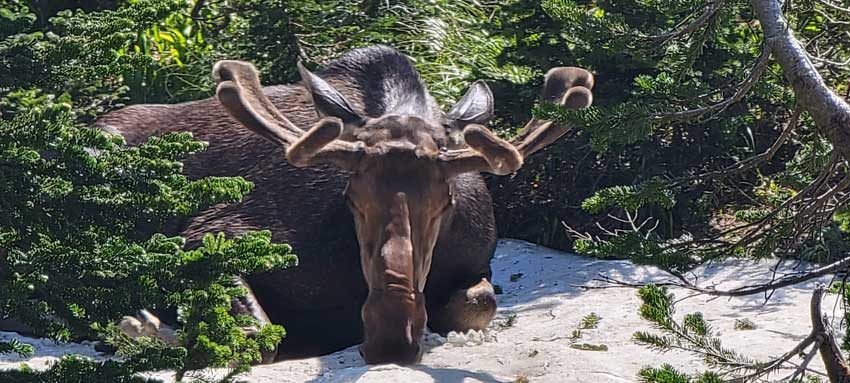
The Park is Actually Quite Wild, Prepare Accordingly
The number of people seen hiking up ten-mile trails in the blazing heat without so much as a single bottle of water let alone bear spray and first aid items is rather baffling. This is not your city park. Which, depending on the city, could be far more dangerous, but still…before you go, know!
There are actually wild animals. I have had to more than once suggest to fellow visitors that they might step farther away from that bull moose than the five feet they are currently to get the good pic? Or maybe DON’T get out of your car to get closer to the bear along the side of the road?
Give the goats and sheep the trail, and if they aren’t moving, neither should you. These animals are used to people, but they are definitely not predictable.
Bears are not prolific, it was several years before I met my first Grizzly Bear on the trail, but they are the most feared. And a good reason not to hike alone. Moose are actually considered more dangerous, but they ALL are capable of doing some real damage. Meeting one unexpectedly will, at the very least, get your heart rate highly elevated quickly.
They are fun to see, and it is difficult to not encroach, but Park Rangers have their hands full. Don’t give them another person to rescue, or an animal to take down due to an interaction with you. Use your zoom lens, give them space, and carry bear spray.
Talk loudly, even if you are by yourself, and please don’t buy the bear bells. They are highly annoying to the rest of us on the trail and do nothing to actually deter bears.
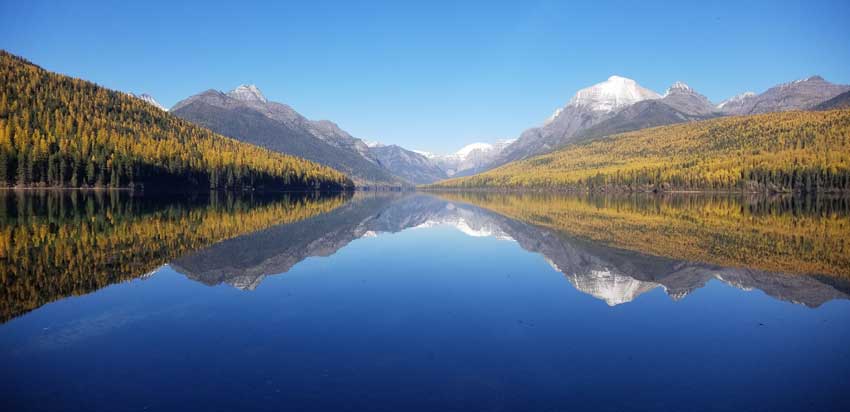
How to Find the Best Hiking Trails
Speaking of trails, there are lots of them to choose from, choose wisely! A resource I have used over and over again is this one: https://enjoyyourparks.com/glacier-national-park/.
Your fitness level is of note when deciding whether you can or cannot do one of these trails, but only you can judge that. Knowing what you’re in for is a good place to start.
Iceberg Lake, Hidden Lake and Highline Trails, and the aforementioned Grinnell Glacier trail are some of the most popular, and none of them are particularly easy. Especially when figuring in elevation, both up AND down.
There are easier trails, out-and-back trails that let you go only as far as you can, and there are plenty of places to just stop and admire the view without much of a walk. It’s a vast area with a lot to offer, but again, getting familiar with the area before you go really helps when plans have to be altered.
Glacier National Park Hiking Tips
No matter which trail you decide, take lots of water! This is arid country, there is rarely humidity, and there are no water bottles for sale midway through the hike. No water fountains either. Snacks with some salt and electrolytes are really good choices too. Muscle cramps make long hikes way way longer. Prepare and they should be less of a risk.
Which leads to the biggest suggestion I know to offer of them all: STAY FLEXIBLE. Glacier is fickle, beautifully so, but when she shines, she really shines.
So making plans A, B and C for each day can mean the difference between having an awesome adventure or a very disappointing time in the park.
More Helpful Travel Links:
Author Bio: Erica Pogel is an avid hiker in the Northwestern United States, spending time as a Physical Therapist Assistant in between hikes. She has lived and traveled throughout the United States and Internationally and is in constant pursuit of her next grand adventure. Follow along on Instagram: https://www.instagram.com/adventur_er_74/

